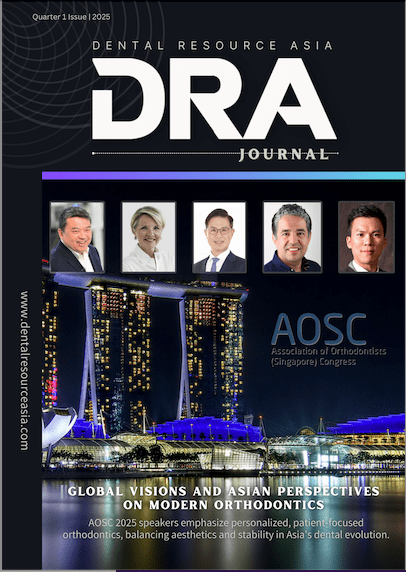Key Takeaways:
- Key considerations for selecting impression materials include patient-specific factors, treatment requirements, and material properties.
- Common materials such as alginate, silicone, polyether, and vinyl polysiloxane each offer unique advantages and limitations.
- Material selection should align with the clinical scenario, whether for simple diagnostic models or complex restorative cases.
- Proper handling and understanding of material characteristics are critical to achieving accurate impressions.
Understanding Dental Impression Materials
Dental impression materials serve as the foundation for creating precise replicas of oral structures. These materials capture details ranging from tooth morphology to soft tissue contours, enabling the fabrication of prosthetics, crowns, bridges, and orthodontic appliances. The choice of material is pivotal in determining the quality of the final restoration. Each material class—hydrocolloids, elastomers, and rigid compounds—has specific properties that make it suitable for particular clinical applications. Dentists must evaluate these properties alongside patient comfort, procedural demands, and cost-effectiveness when making their selection.
Factors Influencing Material Choice
Several variables influence the decision-making process when selecting an impression material. These include the type of restoration, the condition of the oral cavity, and the desired level of detail.
Patient-Specific Considerations
The oral environment plays a significant role in material selection. For patients with challenging anatomical features, such as deep undercuts or limited mouth opening, materials with high elasticity and tear resistance are preferred. Hydrophilic materials are essential in situations where moisture control is difficult, ensuring accuracy even in wet conditions. Additionally, patient comfort should not be overlooked. Materials with neutral taste profiles and short setting times can enhance the patient experience during impression-taking.
Treatment Requirements
Different treatments demand varying levels of precision and material stability. For example, diagnostic models or preliminary impressions may not require the same level of detail as implant-supported restorations. In such cases, cost-effective options like alginate may suffice. Conversely, high-stakes procedures involving fixed prosthetics or full-mouth reconstructions necessitate materials with superior dimensional stability and fine detail reproduction.
Clinical Workflow and Handling
Ease of use is another crucial factor. Some materials require meticulous mixing and application techniques, while others are more forgiving. For practitioners with busy schedules, materials offering extended working times and rapid setting properties can streamline the workflow without compromising results.
Overview of Common Impression Materials
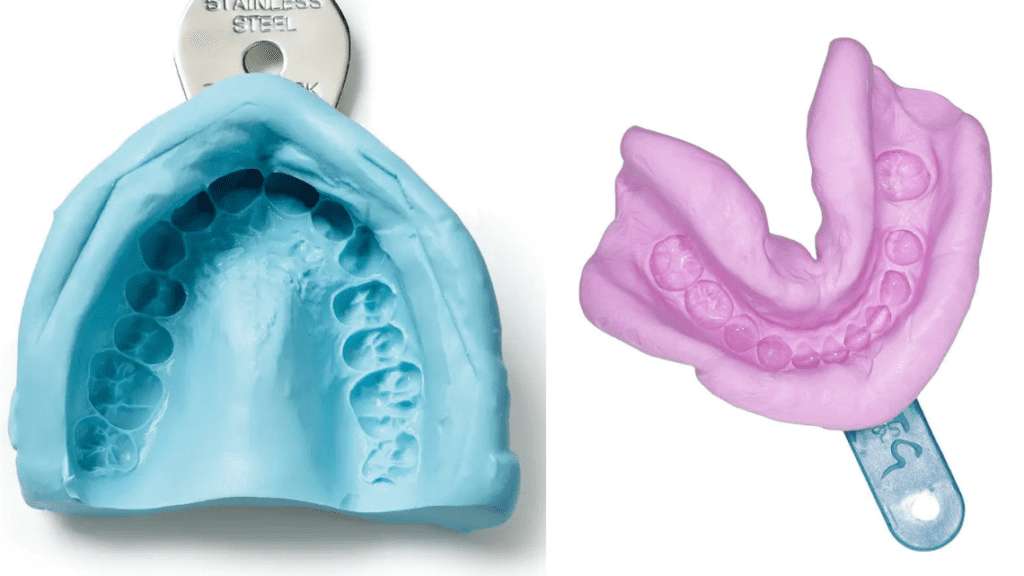
Alginate
Alginate is a widely used hydrocolloid material known for its affordability and ease of use. It provides adequate detail for preliminary impressions and diagnostic casts. However, its dimensional stability is limited, making it unsuitable for complex restorative cases. Alginate impressions must be poured immediately to prevent distortion, and they do not support multiple pours.
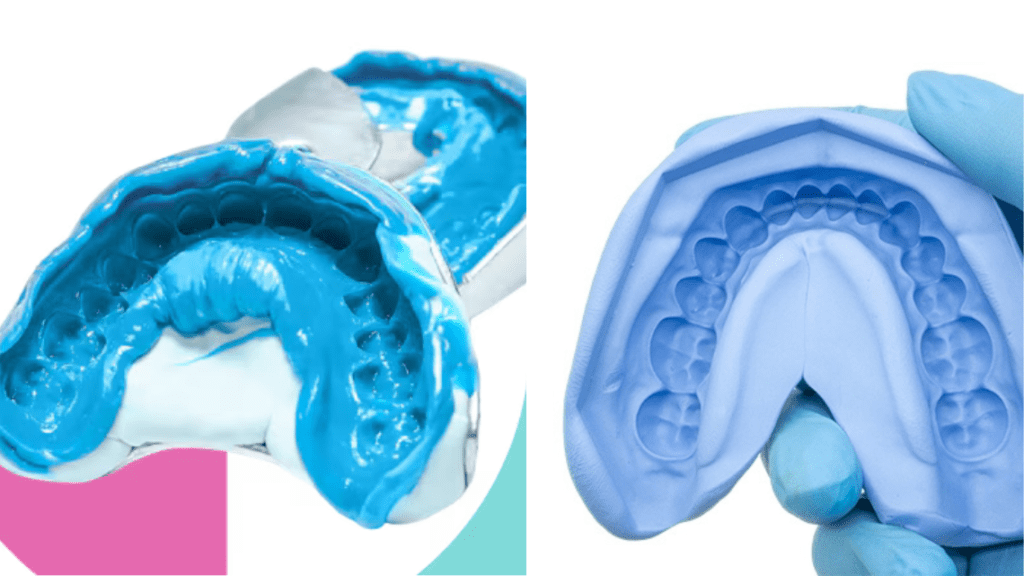
Silicone-Based Materials
Silicone-based materials, including addition-cured silicones (vinyl polysiloxane) and condensation-cured silicones, are valued for their exceptional detail reproduction and dimensional stability. These materials exhibit low shrinkage and maintain accuracy over time, making them ideal for demanding applications such as implant prosthetics. They are also biocompatible and available in various viscosities to suit different clinical needs. However, silicone materials can be sensitive to contamination from latex gloves or certain disinfectants, requiring careful handling.
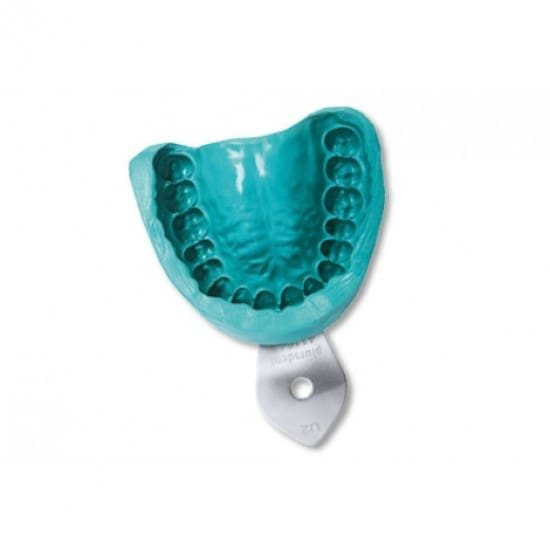
Polyether
Polyether materials combine moderate hydrophilicity with excellent tear strength and elastic recovery. Their ability to capture subgingival details makes them particularly useful in crown and bridge work. While they offer superior dimensional stability, their bitter taste and shorter working times may pose challenges for some practitioners and patients.
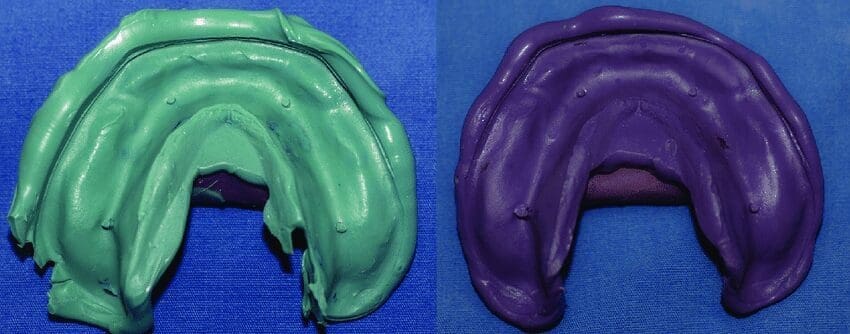
Vinyl Polysiloxane Ether Hybrids
Hybrid materials, which blend the properties of polyether and vinyl polysiloxane, represent a recent advancement in impression technology. These materials aim to provide the hydrophilicity and flowability of polyether with the ease of removal and dimensional stability of vinyl polysiloxane. While promising, their long-term performance and sensitivity to environmental factors warrant further evaluation.
Practical Applications Across Clinical Scenarios
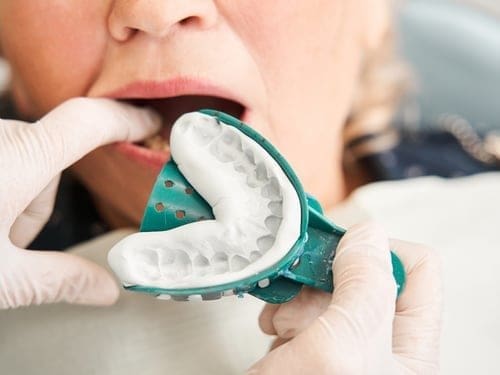
Diagnostic Impressions
For routine diagnostic purposes, alginate remains a practical choice due to its cost-effectiveness and simplicity. Its ability to capture broad arch details makes it suitable for study models and preliminary assessments. However, care must be taken to manage moisture and ensure proper tray seating to avoid inaccuracies.
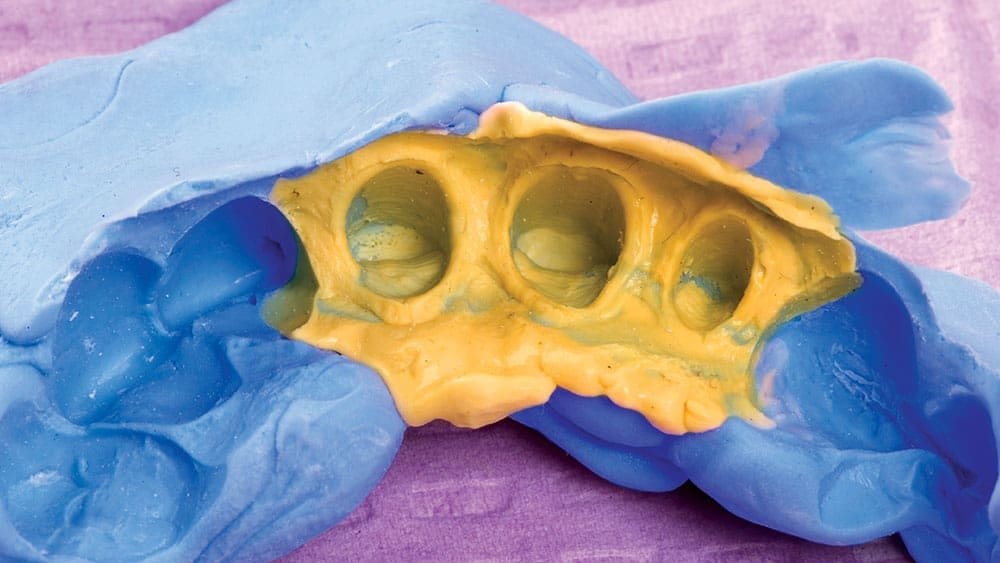
Fixed Prosthetics
Fixed prosthetic cases, including crowns, bridges, and inlays, demand materials capable of reproducing intricate details. Silicone-based materials and polyethers excel in this context, offering high precision and stability. The choice between these materials often depends on the practitioner’s preference and familiarity with handling techniques.
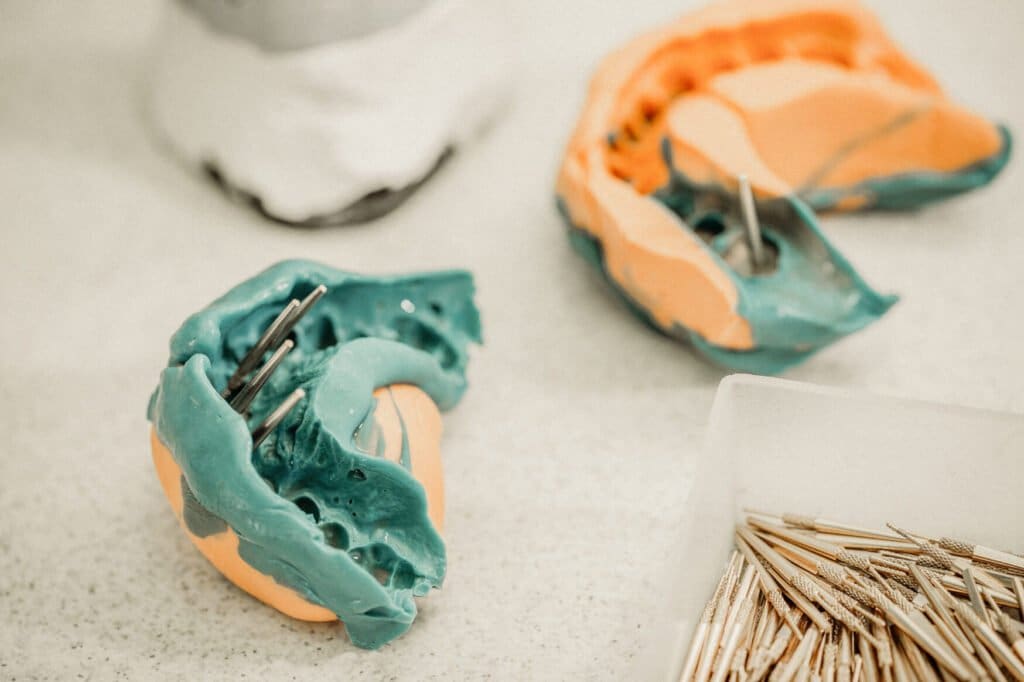
Implant Procedures
Implant-supported restorations require impressions with impeccable accuracy to ensure proper fit and function. Addition-cured silicones and polyethers are commonly employed in these scenarios due to their dimensional stability and ability to capture fine margins. Hybrid materials may also be considered for their combined advantages.
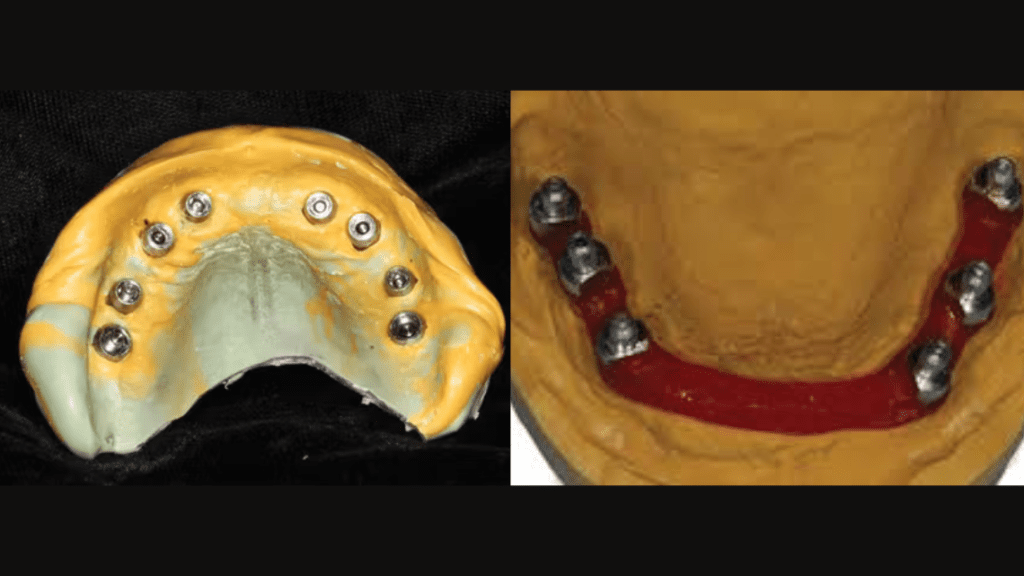
Full-Arch Impressions
Full-arch impressions present unique challenges, particularly in terms of material flow and tray stability. Materials with low contact angles and good wettability, such as polyethers and vinyl polysiloxane, are preferred for their ability to displace moisture and minimize voids.
Best Practices for Optimal Results
Regardless of the material chosen, adherence to best practices is essential for achieving reliable impressions. This includes thorough tray preparation, proper mixing techniques, and attention to environmental factors such as temperature and humidity. Practitioners should also ensure adequate isolation and retraction to prevent contamination and improve access to critical areas. Regular calibration of equipment and ongoing education on material advancements can further enhance outcomes.
Conclusion
Selecting the appropriate dental impression material is a nuanced process that balances clinical requirements, patient considerations, and material attributes. By understanding the strengths and limitations of each material class, practitioners can make informed decisions that optimize both the quality of care and patient satisfaction. Whether working on diagnostic models or complex restorative cases, the right material choice lays the groundwork for successful treatment outcomes.
The information and viewpoints presented in the above news piece or article do not necessarily reflect the official stance or policy of Dental Resource Asia or the DRA Journal. While we strive to ensure the accuracy of our content, Dental Resource Asia (DRA) or DRA Journal cannot guarantee the constant correctness, comprehensiveness, or timeliness of all the information contained within this website or journal.
Please be aware that all product details, product specifications, and data on this website or journal may be modified without prior notice in order to enhance reliability, functionality, design, or for other reasons.
The content contributed by our bloggers or authors represents their personal opinions and is not intended to defame or discredit any religion, ethnic group, club, organisation, company, individual, or any entity or individual.

